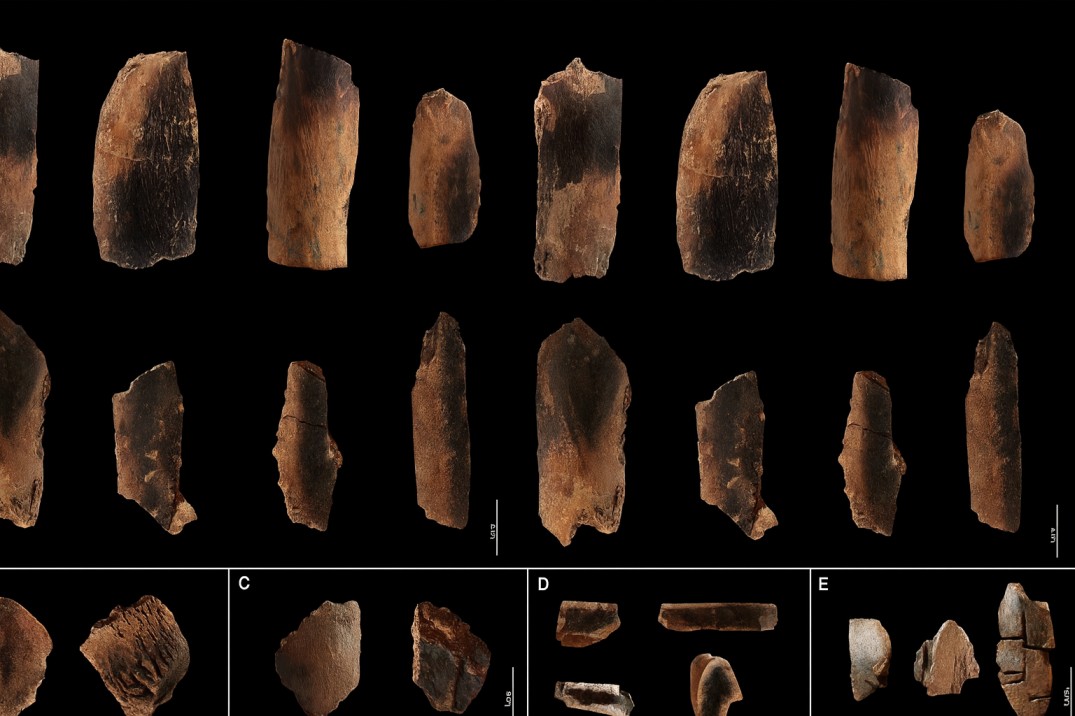Humans are evolving right in front of our eyes on the Tibetan Plateau
Cynthia Beall et al., PNAS, Oct 2024
Background of the Study
For over 10,000 years, human communities have thrived in the harsh high-altitude environment of the Tibetan Plateau, where oxygen levels are much lower than at sea level. This natural laboratory offers unique insights into how humans adapt to extreme hypoxic stress.
Key Findings
🔑 Adaptation to Hypoxia
Despite uniform exposure to hypoxia at a given altitude, individuals exhibit remarkable physiological adaptations. The women with the highest live birth rates had hemoglobin concentrations in the average range but with high oxygen saturation, enabling efficient oxygen use without over-thickening the blood.
🔑 Efficient Oxygen Delivery
Adaptations optimize oxygen transport to cells and tissues without increasing blood viscosity, which would otherwise strain the heart by forcing it to pump thicker blood.
🔑 Reproductive Success & Physiology
Women with the greatest reproductive success also showed higher rates of blood flow into the lungs and had wider-than-average left ventricles, improving oxygen transport and circulation.
🔑 Cultural Factors
Beyond biology, cultural practices mattered too. Women who began reproducing early and had longer marriages had greater chances of multiple pregnancies, increasing overall reproductive success.
Conclusion
This study reveals that human evolution is ongoing:
🎯 Tibetan highlanders demonstrate unique genetic and physiological adaptations to survive hypoxic stress.
🎯 Efficient oxygen transport systems are central to reproductive success at high altitude.
🎯 Cultural factors complement biology, shaping demographic outcomes.
🎯 Together, these findings show how nature and culture intertwine in human adaptation.

-03092025-120445pm.jpg)




